Super 35 can be used as a professional synonym for broadcasting and wildlife cinematography. As proof, RED Digital Cinema has called its new S35 8K camera, RHINO. RED wants to simplify the hassle for wildlife cinematographers, by making the camera and lenses more compact, light, and affordable, and moreover, helping them to capture the moment easier.

RHINO V-Raptor: Dedicated to Super 35 imagery
A week ago, RED has released the V-Raptor RHINO 8K S35 cinema camera. RED had wildlife filmmakers in mind when designing the V-RAPTOR 8K S35, as filmmakers can now utilize a wide range of zoom lenses to stay far from their subjects while maintaining focus and a sharp image. Furthermore, Super 35 lens choices provide a more compact form while offering a wide range of zoom and prime lenses for both broadcast and cine-style productions. The RHINO has an all-new 8k 120fps S35 sensor sized at 26.21 mm x 13.82mm to cover even more S35 glass than RED’s traditional ‘bit larger’ than S35 format. Now, it’s not saying that RED cameras are not being used for filming wildlife. There are a lot of wildlife filmmakers that shoot on RED cameras. However, now, with the RHINO, things will get simpler, in all aspects.

There are the key features of the RHINO:
- 35.4MP Super35, Rolling Shutter CMOS
- S35 Lens Coverage at 8K, Canon RF Mount
- Wide Range of Prime & Zoom Lens Options
- 16.5+ Stops of Dynamic Range
- Lightweight & Compact DSMC3 Design
- Up to 8K120, 7K140 & 4K240 in 17:9 S35
- REDCODE Raw HQ, MQ & LQ Options
- Right-Side Assistant’s User Interface
- Built-In 2.4″ LCD for Camera Control
- USB-C, Timecode, Dual 12G-SDI Ports

Eliminating the need for heavy large format glass
While the RHINO 8K S35 supports multiple production environments, it is still a go-to for film productions wanting to create beautiful cinematic imagery with a variety of Super 35 cine lenses, without the specific need for heavy large-format lenses. Moreover, the brain features an RF lens mount that also supports EF mount adapters, so you can utilize a full range of Canon cinema and zoom lenses. The 8K Super35-size sensor captures a 35.4MP image with up to 8192 x 4320 resolution. Its CFexpress card can record data rates up to 800 MB/s up to 480 fps at 2K and 120 fps at 8K, and it supports all REDCODE HQ/MQ/LQ raw settings. Monitor support includes dual 12G-SDI output and the RED Touch 7″ LCD monitor, as well as Wi-Fi live video preview on iOS/Android devices. The camera can also be controlled via Wi-Fi or wired via USB-C, and other features include genlock, timecode, GPIO, and RS-232, providing a multitude of professional broadcast options.

S35 makes a comeback
The RHINO V-Raptor is not the sole camera released lately with a Super 35. ARRI has released one as well — the ALEXA 35, and even Sony broke its own rule of the Cinema Line by releasing the Super 35 FX30. Hence, is the Super 35 format making a comeback? It’s an interesting question since full-frame petty dominates in modern productions. However, Super 35 has a lot of respect since it’s the traditional format. The main advantages of Super 35 are size, price, and proximity. With the Super 35 sensor, you can utilize much smaller and more affordable lenses, without impairing the quality of the image. Also, when proximity is an issue, the Super 35 sensor paired with compact zoom lenses can be super helpful, especially in broadcasting, shooting sports, and wildlife. As ARRI stated many times: “Not everybody wants to shoot full-frame, and there’s plenty of room for the traditional Super 35 format”. We can conclude that the thumb rule is: Super 35 is an ideal format for wildlife and broadcasting, and the large format enhances cinematography and storytelling. Do you agree with that statement?
Product List
Here’re the products mentioned in the article, and the links to purchase them from authorized dealers.
- RED RHINO V-Raptor 8K S35

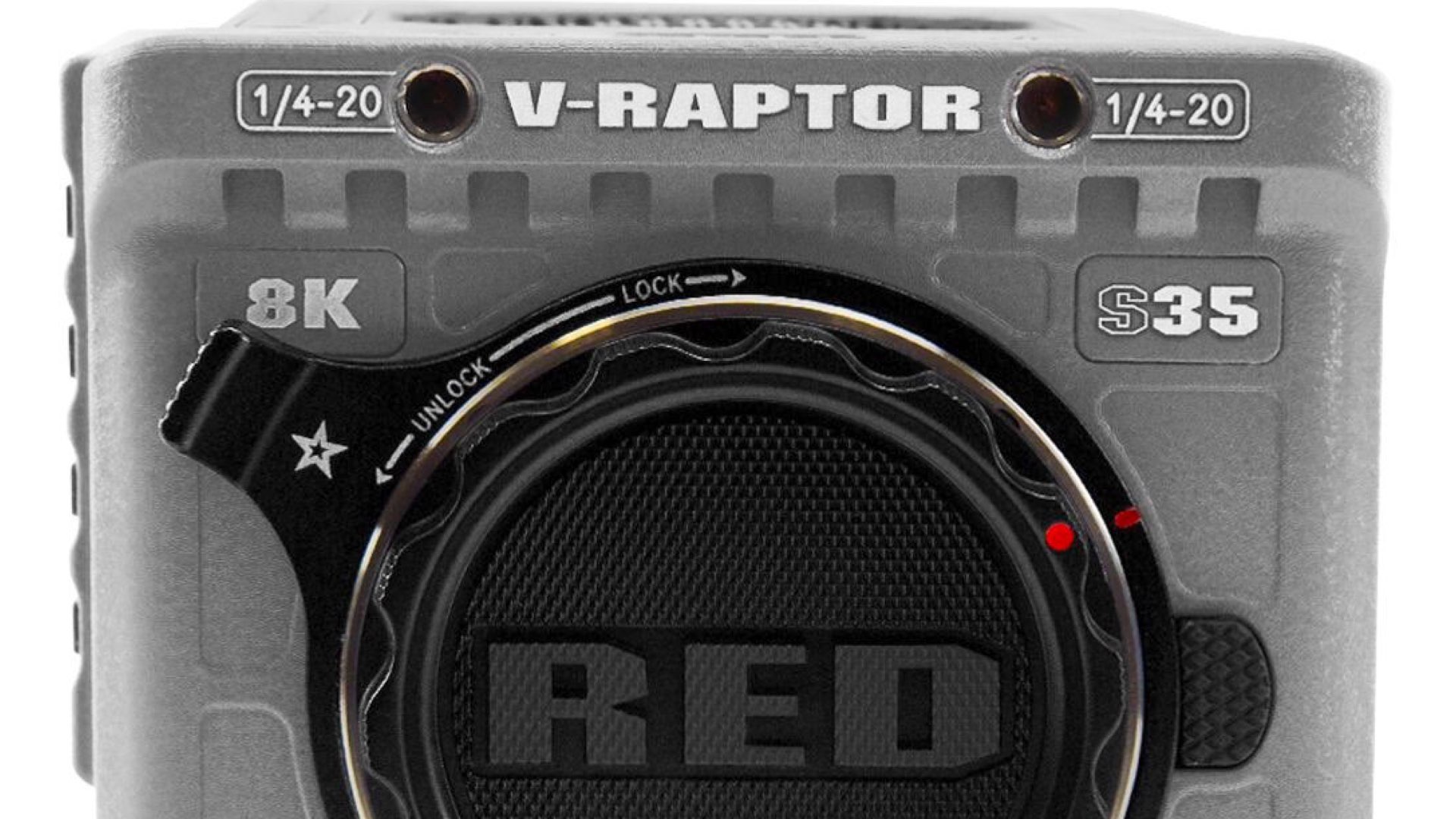

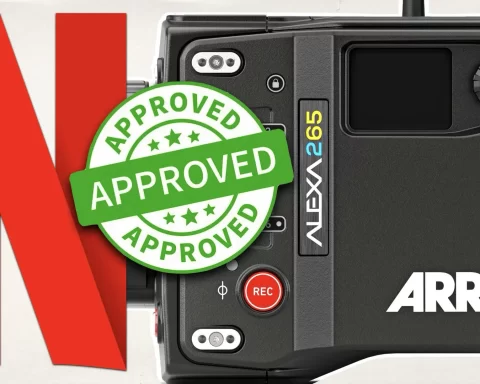


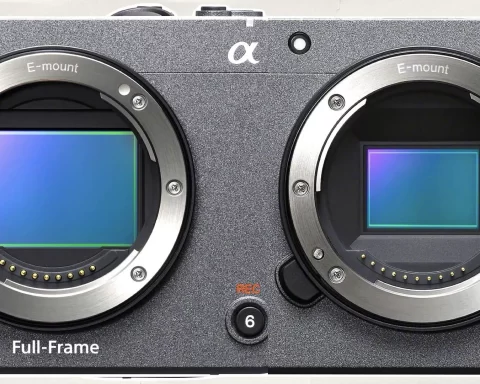
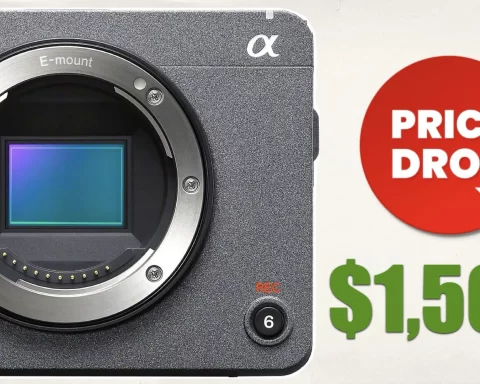



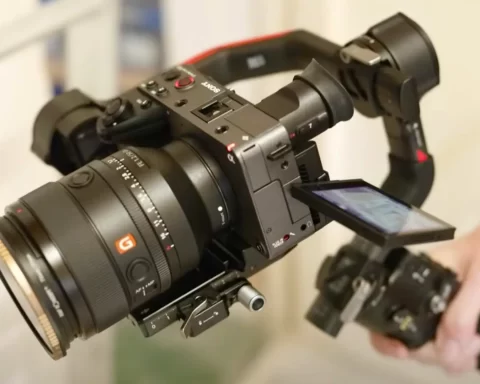
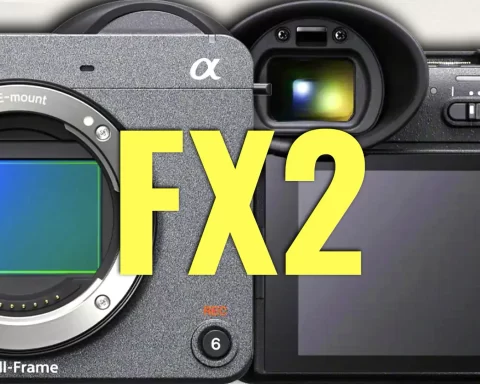
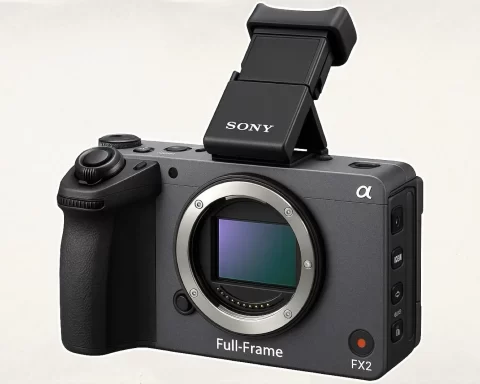
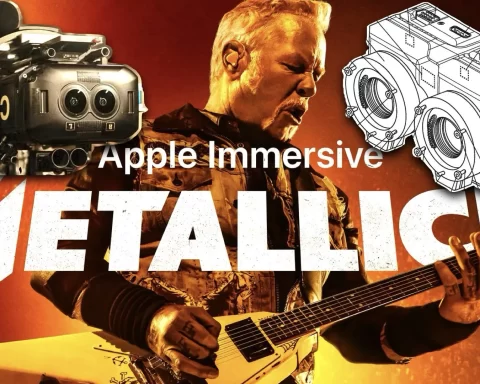
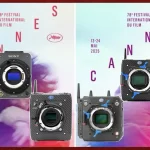

maybe the the writer do not wild life related jobs often(no disrespect here). but red cameras have been there (in the gate) very very long. 8k red pair with canon 50-1000 lens is a standard setup for wild life shooters. so you can corp in and stay far away enough to avoid disturbing animals. but this rf mount is not sturdy enough for field dirty work. gemini and monstro are still the best choices. i wish raptor XL will step up soon because that internal ND, that will save many time for wild life photographers.
Agree with torchiam, I’m full time wildlife filmmaker and a camera with no internal NDs can´t be an A camera for me. And if you use the Canon 50-1000 you can easily convert it to FF image circle. But most wildlife guys use S35 because they blow up 2/3 HD lenses like the Canon 18×28.
There’s no reason why “the Large Format enhances cinematography and storytelling”. I still think that Super35 is still the best all around cinema way to go, especially when you do need to give a context and an environmento to your characters.
Actually, LF is just trendy. It should be a personal choice for specific storytelling needs, not the baseline.
And having said that, I still wound prefer to ditch LF in favour of 65mm cinematography even in that case, because there you can really feel the difference coming from Super35.